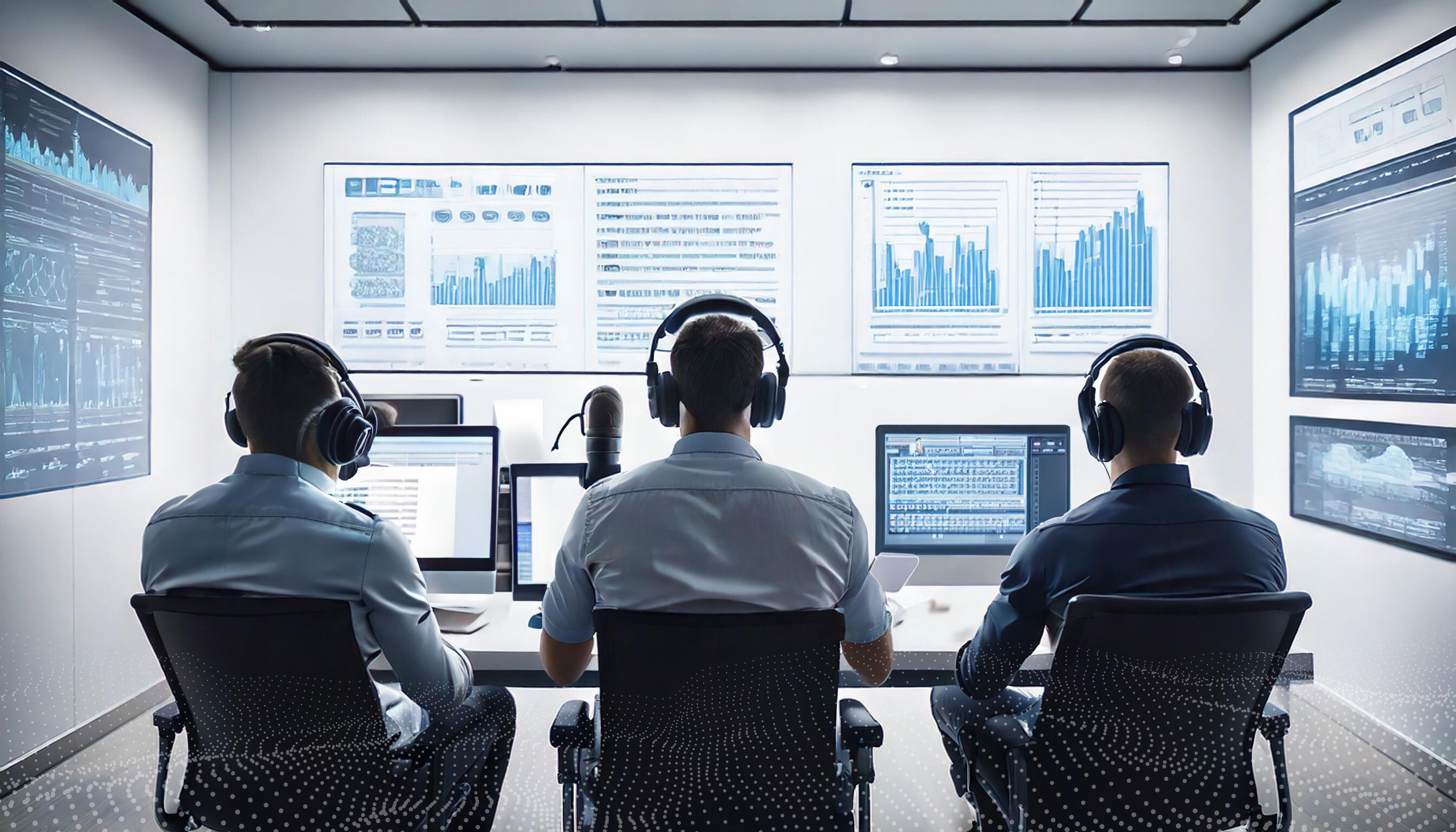Irth Solutions Acquires OneBridge Solutions Inc., an Industry-Leading SaaS Company for Pipeline Integrity Management
This combination significantly enhances the company’s value proposition for critical network infrastructure operators around asset performance...



